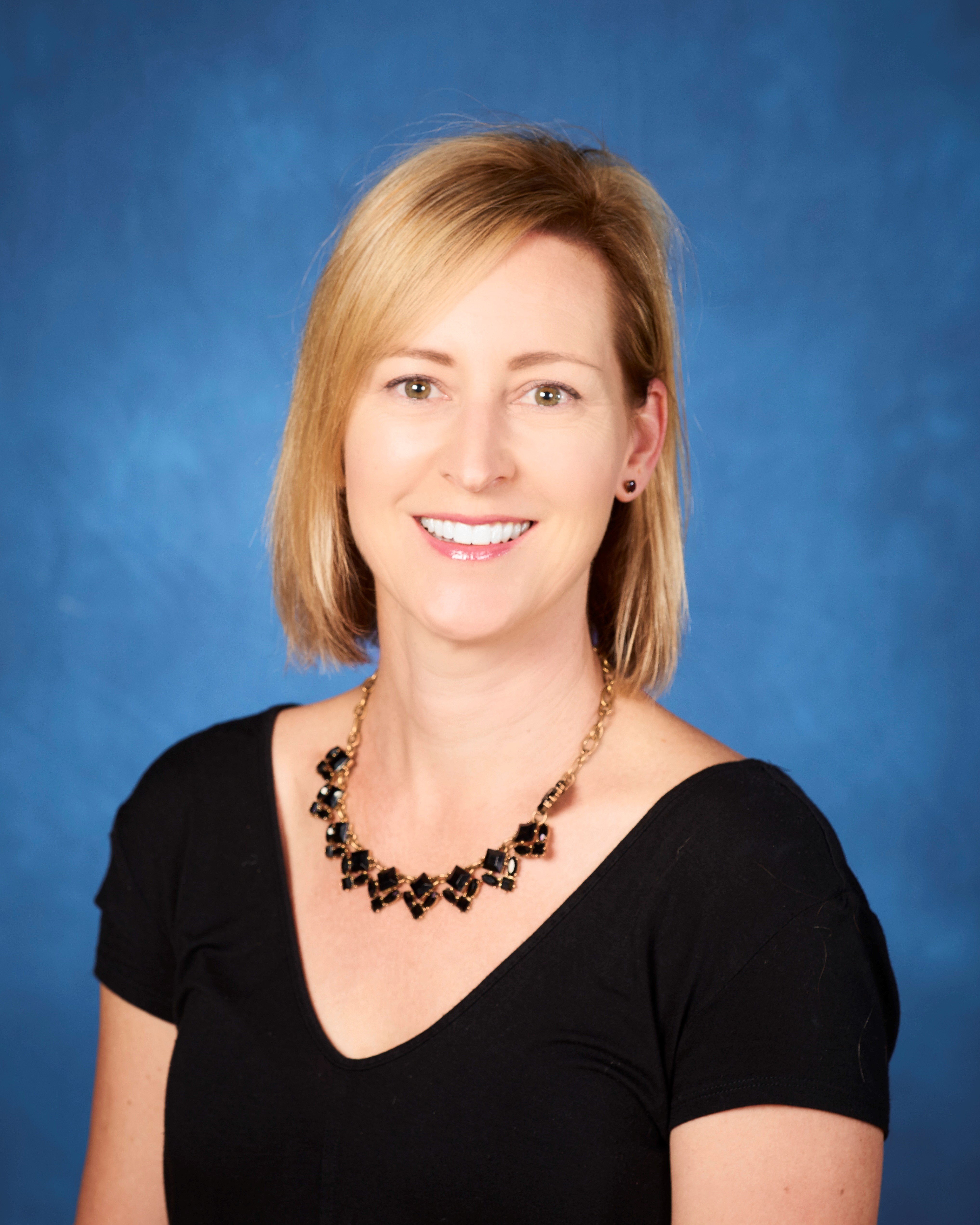One-third of women and one-sixth of men in the U.S. experience at least one incident of sexual violence during their lifetime, according to an April 2017 report out of the CDC's National Center for Injury Prevention and Control. These victims often need specialized medical attention, especially if they plan to move forward with a criminal investigation.
However, accessing this care often proves challenging — particularly  for those in underserved, rural areas. A research team at Pennsylvania State University hopes to improve this disparity through a telehealth project called the Sexual Assault Forensic Examination and Training — or SAFE-T — Center.
for those in underserved, rural areas. A research team at Pennsylvania State University hopes to improve this disparity through a telehealth project called the Sexual Assault Forensic Examination and Training — or SAFE-T — Center.
Penn State launched the project — which accepts adult and adolescent patients — in December 2016 under a $1.1 million, 15-month planning grant from the Department of Justice's Office for Victims of Crime. The SAFE-T Center will use video technology to connect trained Penn State nurses with less experienced nurses at critical access hospitals for live forensic exam guidance and peer review.
What is a forensic exam?
A forensic exam — colloquially known as a "rape kit" — is a collection method trained nurses use to preserve evidence following a violent crime, such as an incident of sexual assault or intimate-partner violence. A patient relays details of the incident to a nurse examiner, who uses this history to inform a head-to-toe examination.
During the examination, a nurse may photograph injuries, swab for DNA and collect foreign materials. The goal is to document relevant evidence that may corroborate a patient's testimony during a criminal investigation.
"This is a really technically difficult exam to conduct," explains Sheridan Miyamoto, PhD, RN, assistant professor in the Penn State University College of Nursing. Dr. Miyamoto spearheads the SAFE-T Center's launch with Janice Penrod, PhD, RN, professor of nursing, and Lorah Dorn, PhD, professor of nursing and pediatrics.
"It's high-intensity work," Dr. Miyamoto adds, noting a typical exam takes a nurse between two and five hours to complete. "It's documenting, packaging and reviewing evidence. Because, if you see the entire incident through, you will ultimately end up in a courtroom defending the work you've done."
The struggle for rural providers
Dr. Miyamoto emphasizes forensic exams are difficult for all providers, regardless of location. "There's a lot of pressure on forensic nurses," she says. "You have to try to provide that compassionate, responsive care in the context of needing to ensure quality evidence collection, usually really soon after the patient's experienced a trauma."
However, these challenges are heightened at critical access hospitals, which often lack specialized clinicians. Even if a nurse volunteers to receive forensic training, a rural hospital may not have the finances to provide the same quality and quantity of training a nurse would receive at an academic medical center, according to Dr. Miyamoto.
"If you're a full-time emergency room nurse in a rural community, you may only see four patients a year if you're in a remote area," she explains. "It's just impossible to attain or maintain the expertise needed to deliver high-quality care."
For example, photographing minute injuries on a patient is an important part of a forensic exam. However, taking a clear image that enables other individuals — such as law enforcement — to differentiate between similar conditions takes practice. "You need to do it on a regular basis to really get proficient at it," Dr. Miyamoto says.
How telehealth addresses geographic disparities
The research team hopes a partnership between the SAFE-T Center and nearby critical access hospitals will improve the quality of forensic exams across the state. In particular, Dr. Miyamoto says the team will study whether telehealth consultations create a more "forensically-defensible exam" that holds up in a courtroom.
The SAFE-T Center builds on an eight-year study Dr. Miyamoto completed with colleagues at UC Davis, which evaluated the use of similar telehealth consultations when examining children and adolescents for signs of sexual abuse. When comparing exams conducted with telehealth to those at separate rural hospitals that did not use the virtual service, an outside sexual abuse expert determined telehealth led to higher-quality exams, according to Dr. Miyamoto.
"We asked the expert to rate the quality of the exams, in terms of evidence collection, proper documentation, clear photographs and whether the exam was thorough and complete," she says. "For every aspect of quality, there were significant improvements in the group that had access to telehealth."
Dr. Miyamoto hopes to conduct another study at the SAFE-T Center once the first pilot sites go live. The study will also consider patient attitudes toward the technology. "My anecdotal experience from the California project is patients were very comfortable with the technology, and often rated their provider high in satisfaction after accessing telehealth," Dr. Miyamoto says.
Next steps for the SAFE-T Center
The SAFE-T Center team is laying the groundwork for the telehealth program, which it hopes to deploy at four pilot hospitals in March. Two of the foundational steps include developing cost-effective telehealth technology and visiting critical access hospitals in Pennsylvania to evaluate the projected need for these services.
Another step involves recruiting experienced forensic nurses for the center's remote team. "We're in the process of hiring about 10 expert nurses," Dr. Miyamoto says. "These will be Penn State nurses that can practice from secure and private remote locations wherever they are located in the state."
If successful, Dr. Miyamoto says this expansive clinical team will also serve as a support network for participating nurses. "When a nurse is working in a remote area, it's emotionally burdensome because they don't have colleagues to share and debrief with," she says.
"My passion is in ensuring that people who have experienced sexual assault receive the highest quality care," she adds. "We can utilize technology to bring the right services out into the communities where they're needed."


